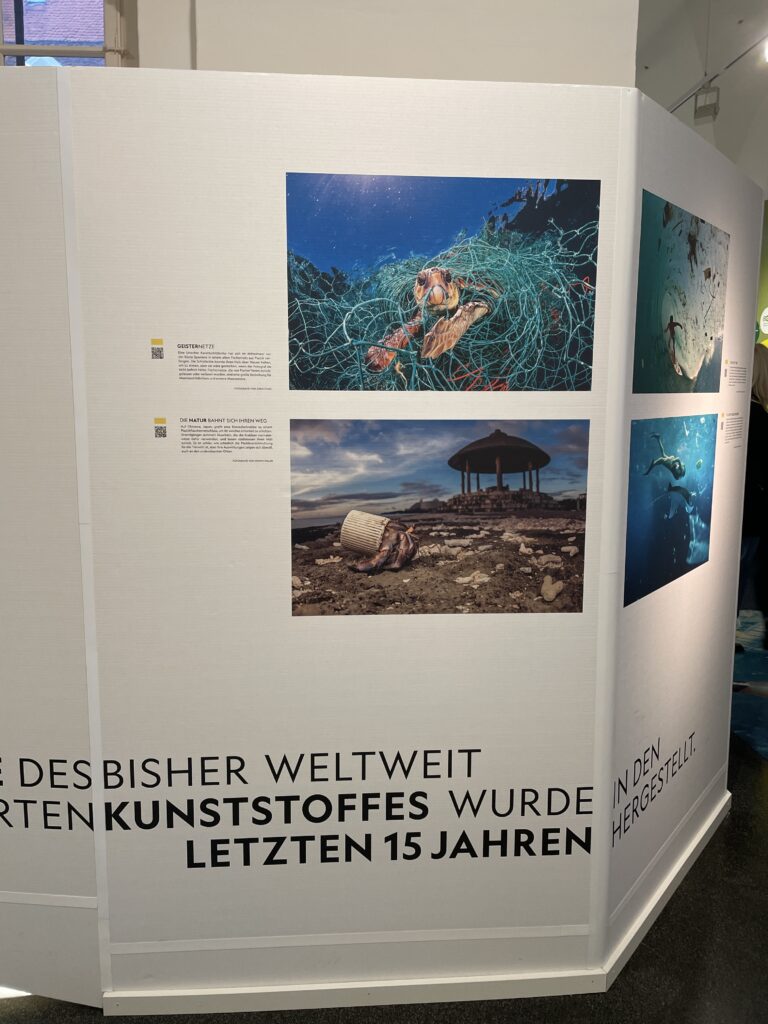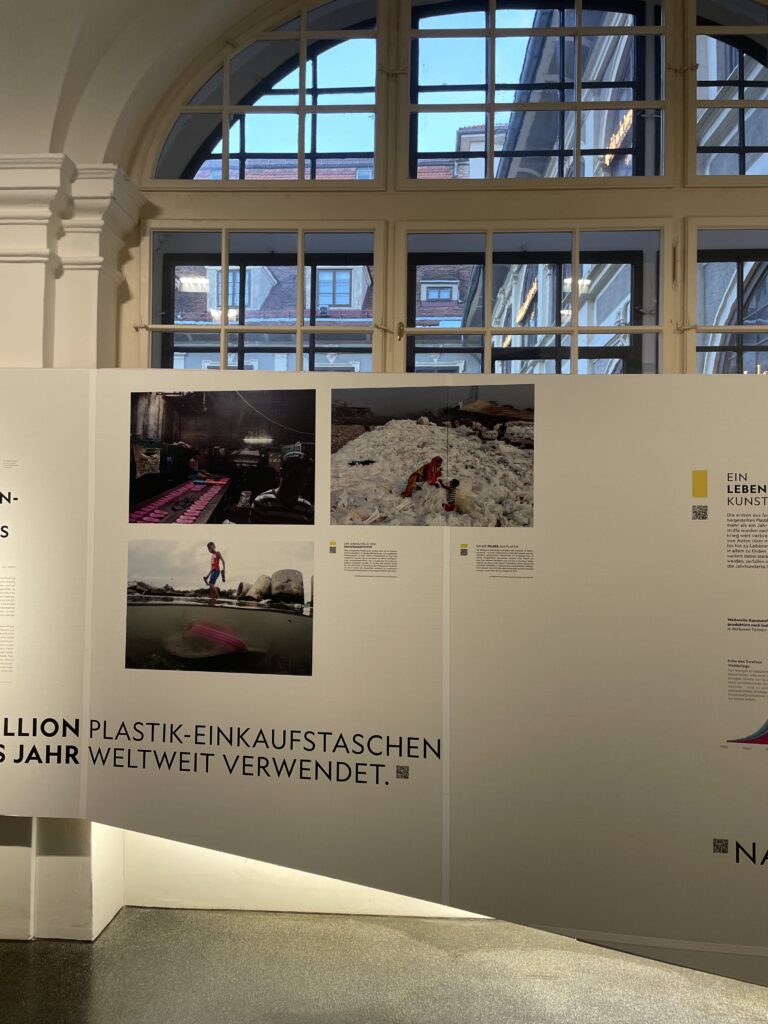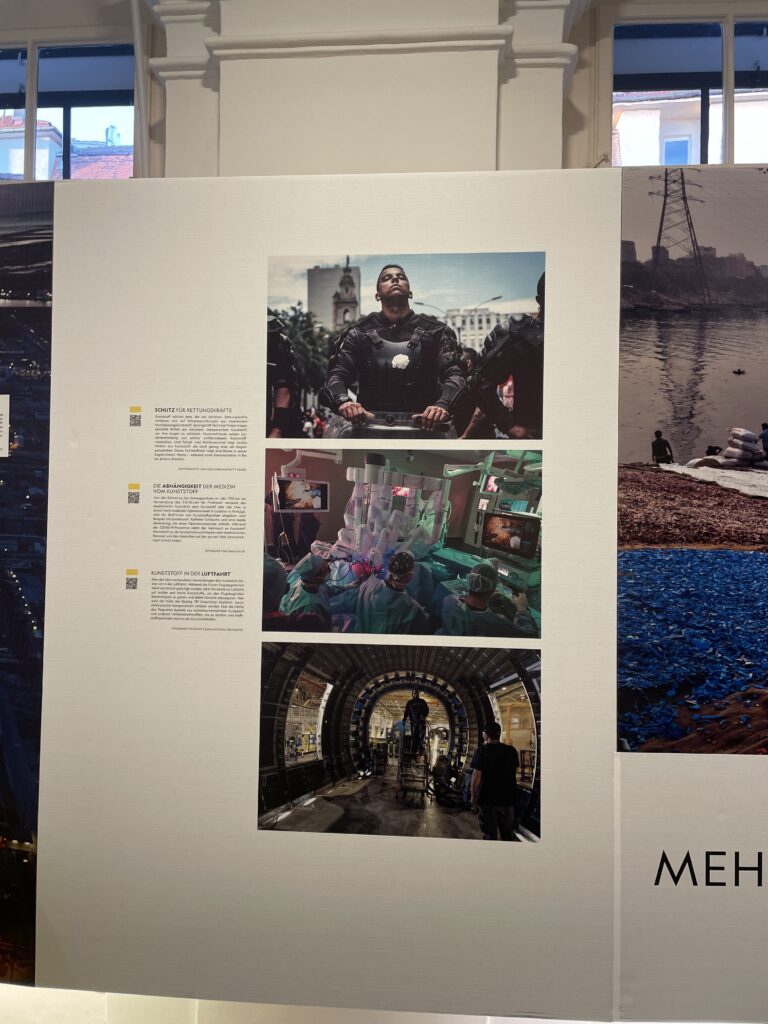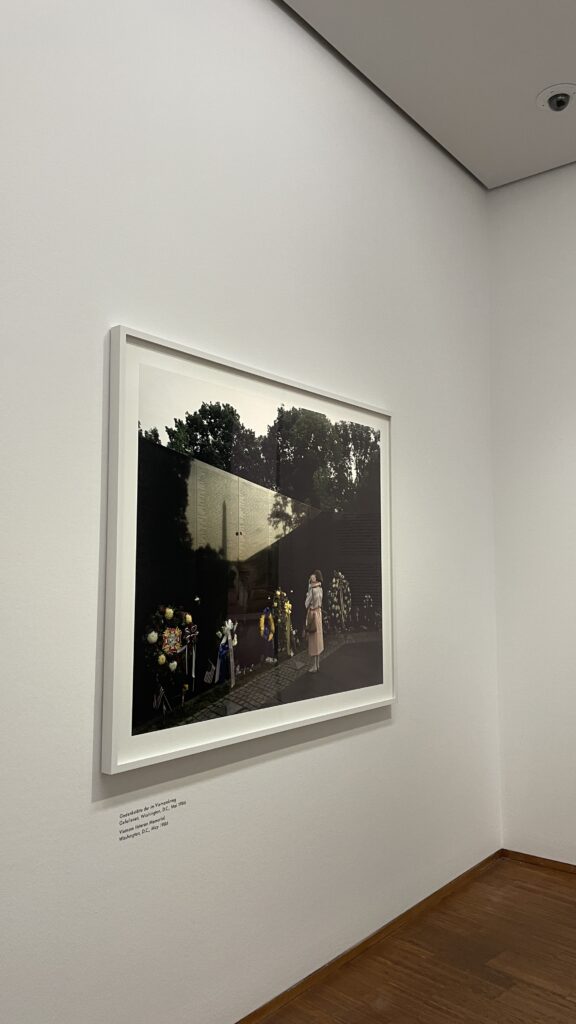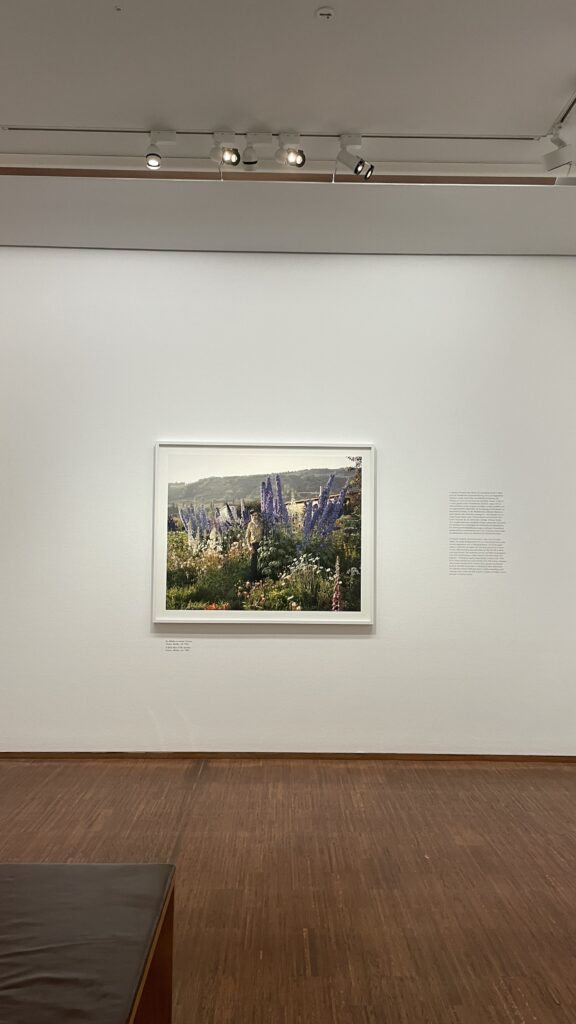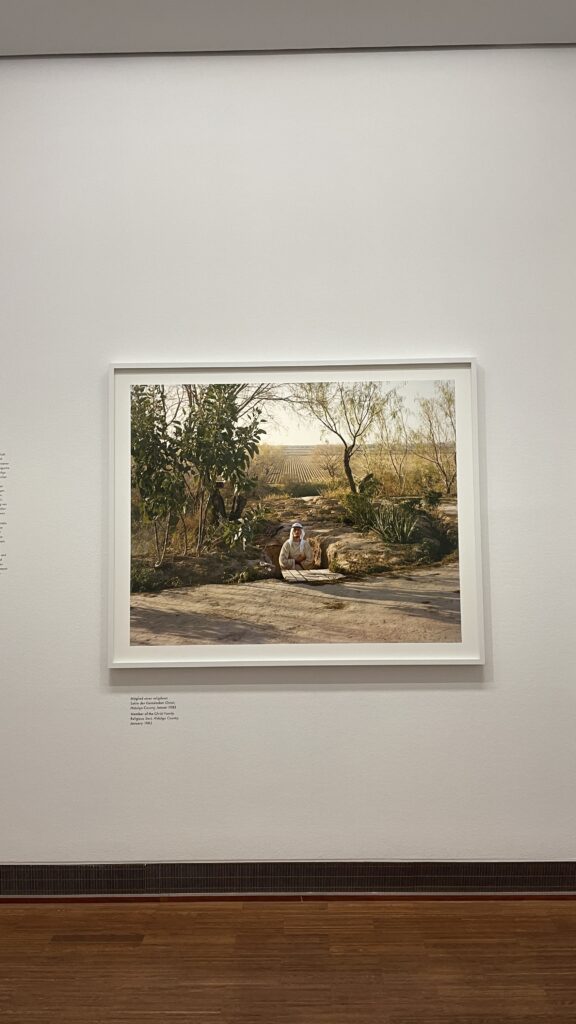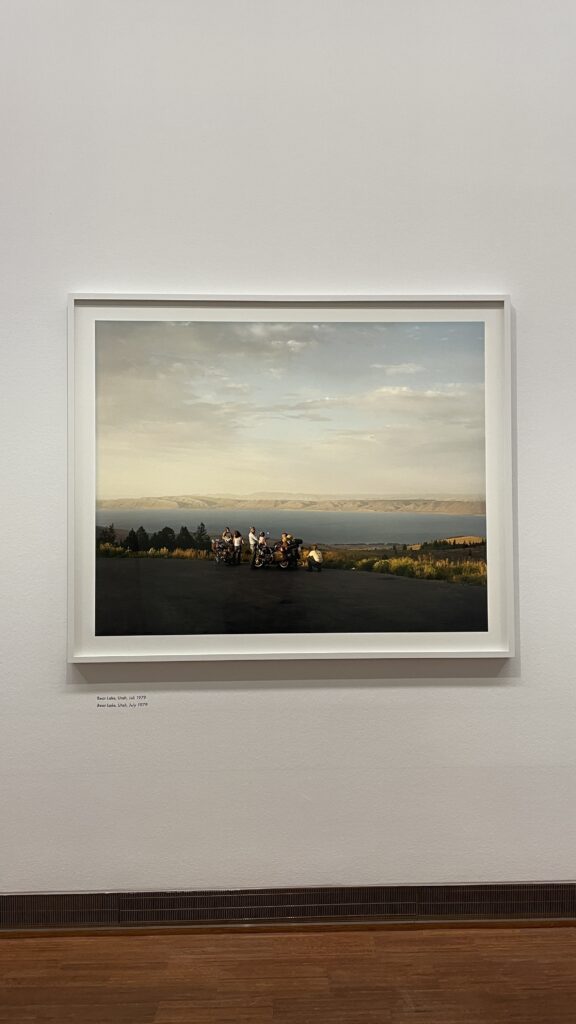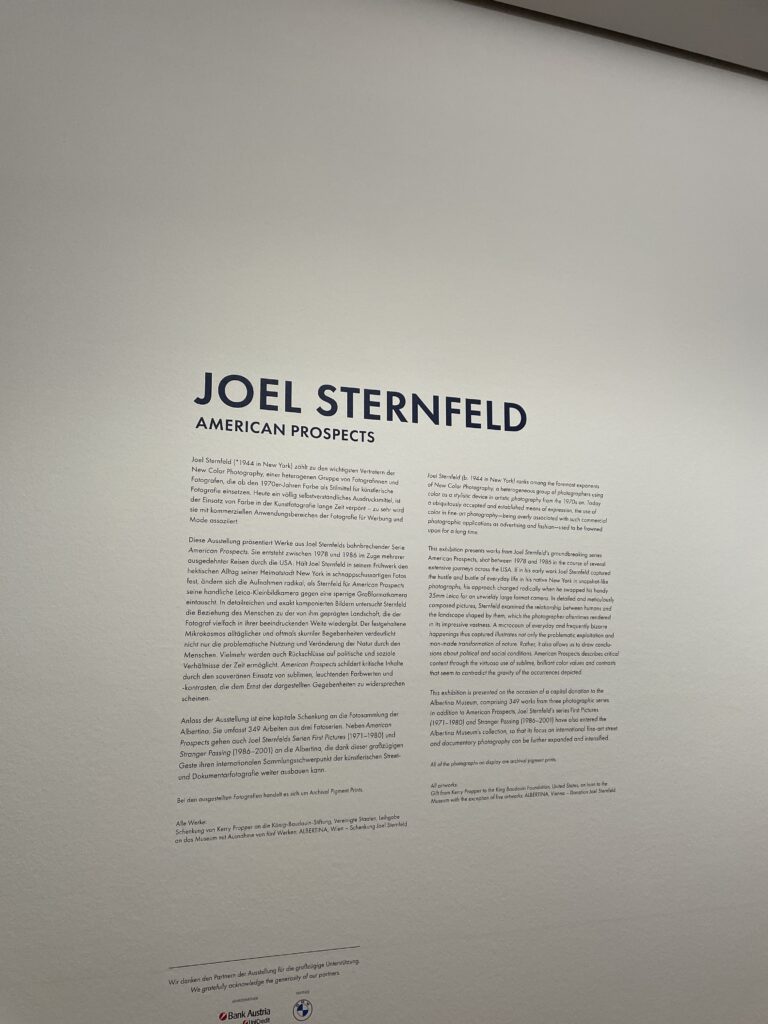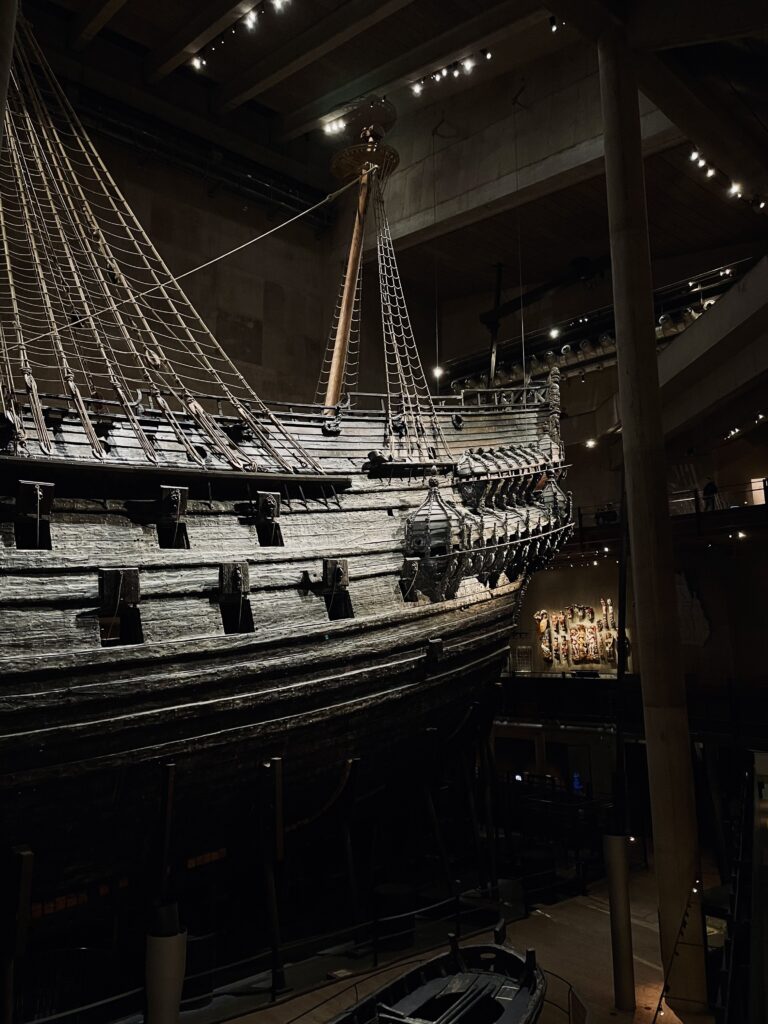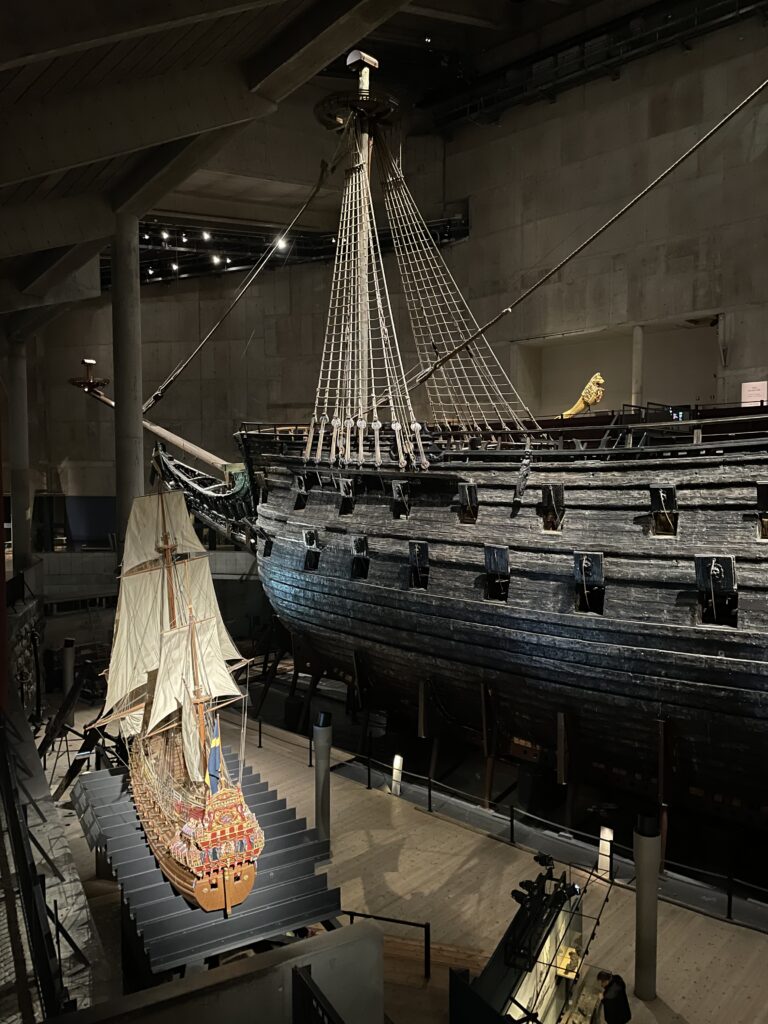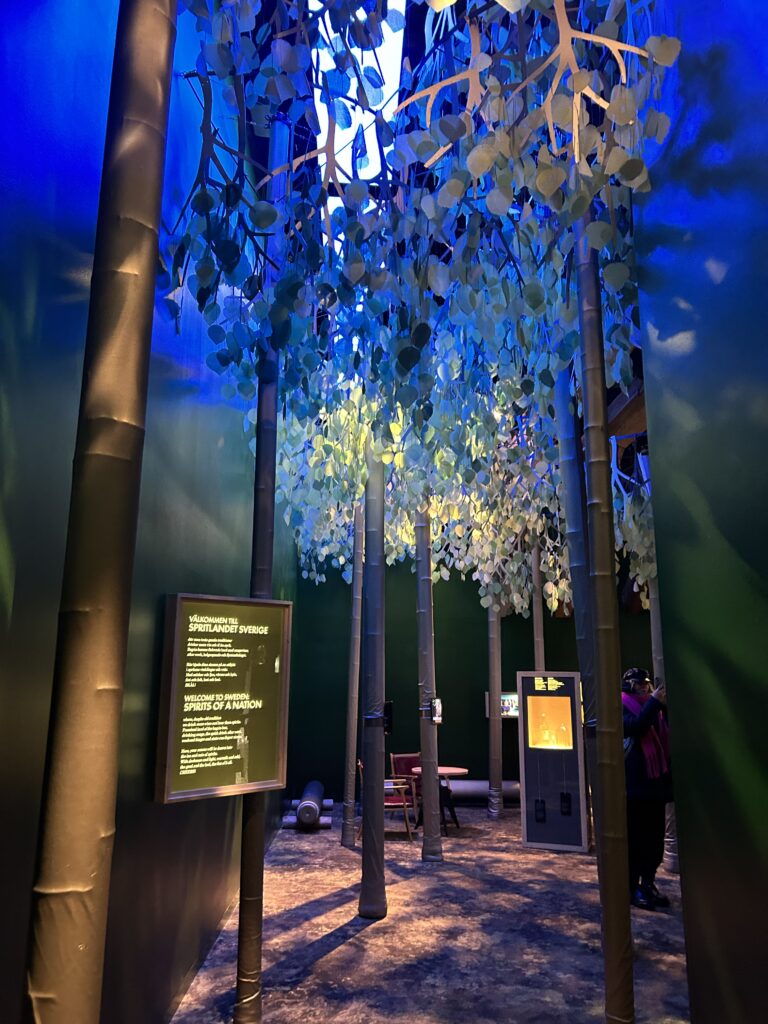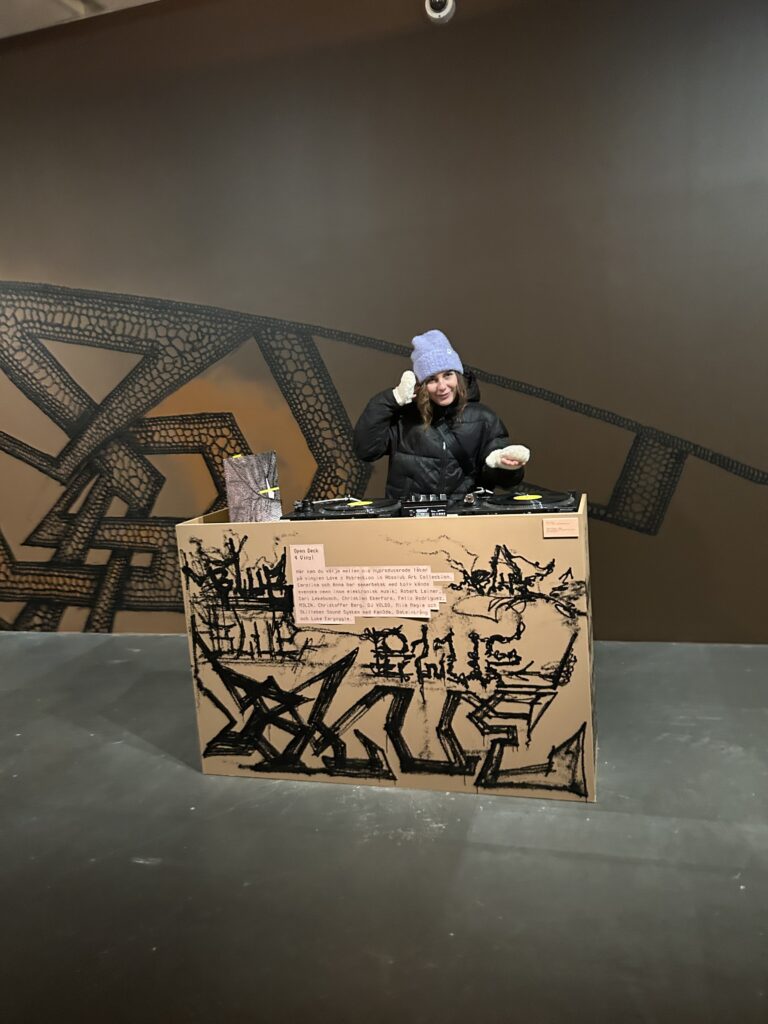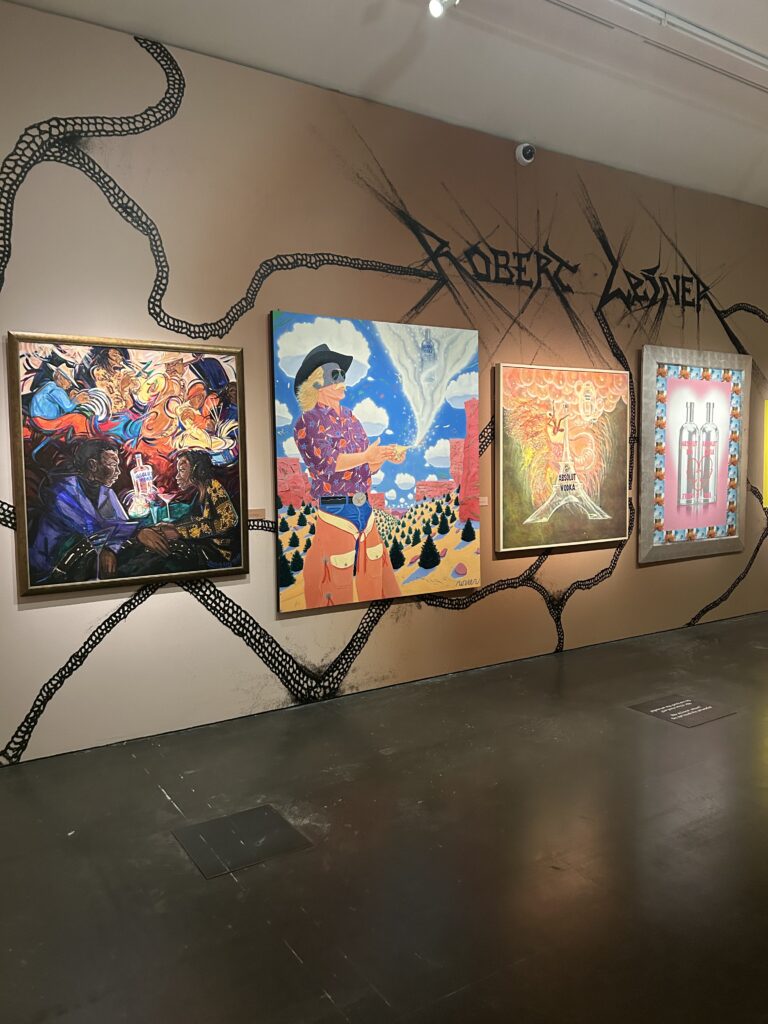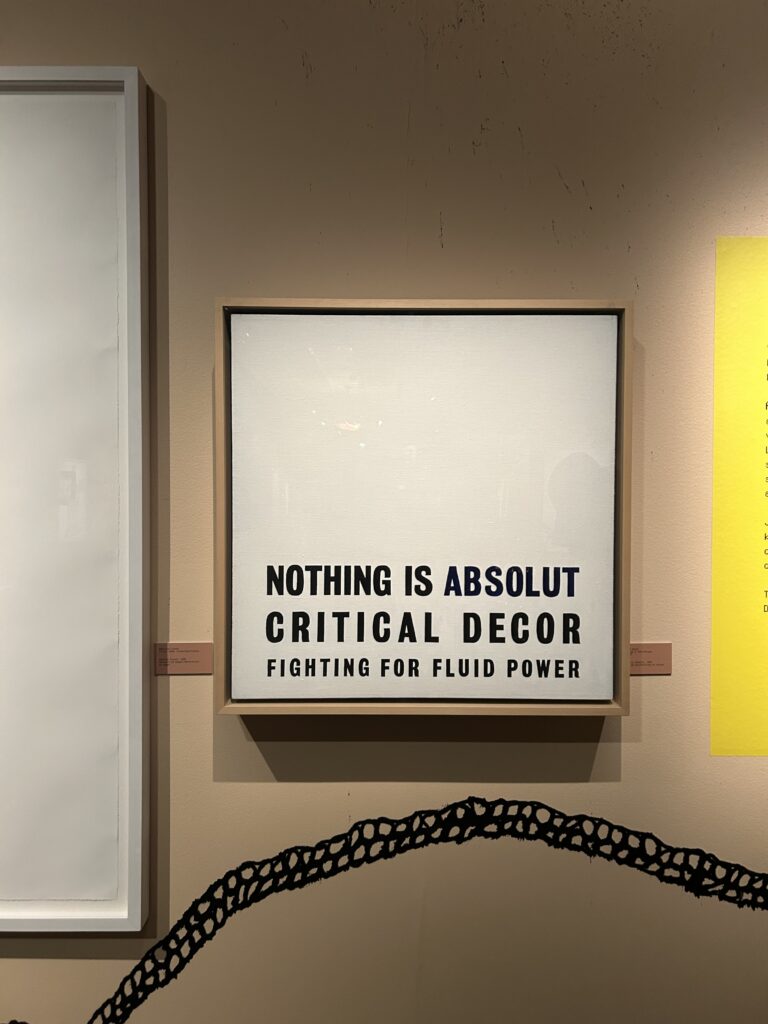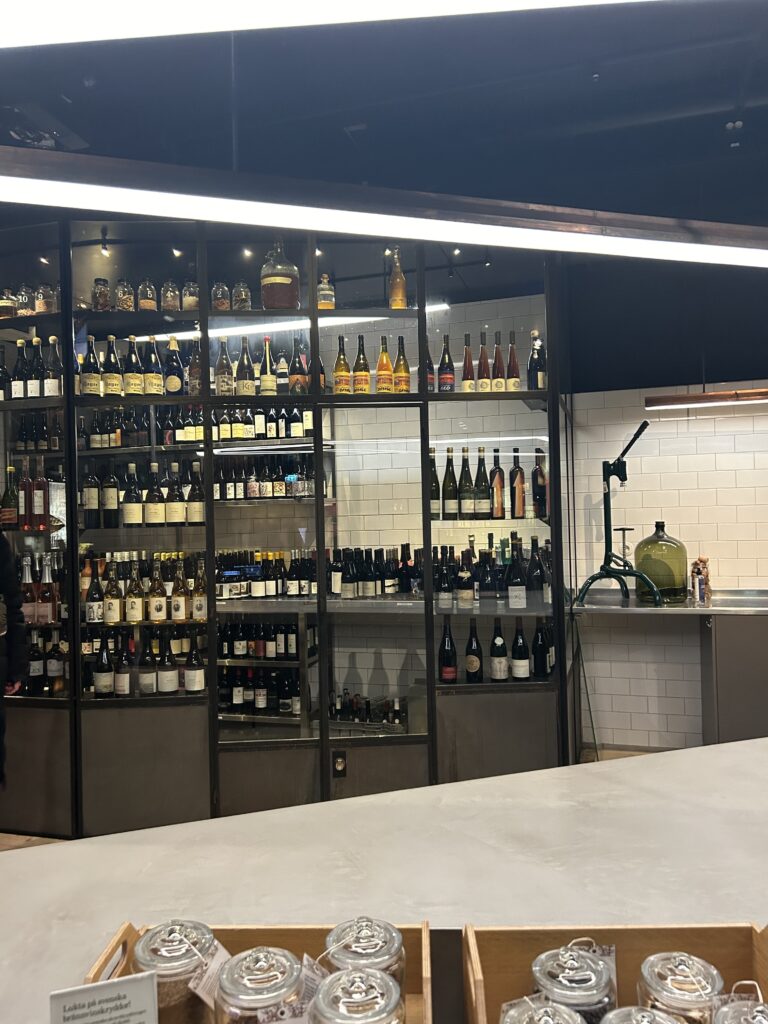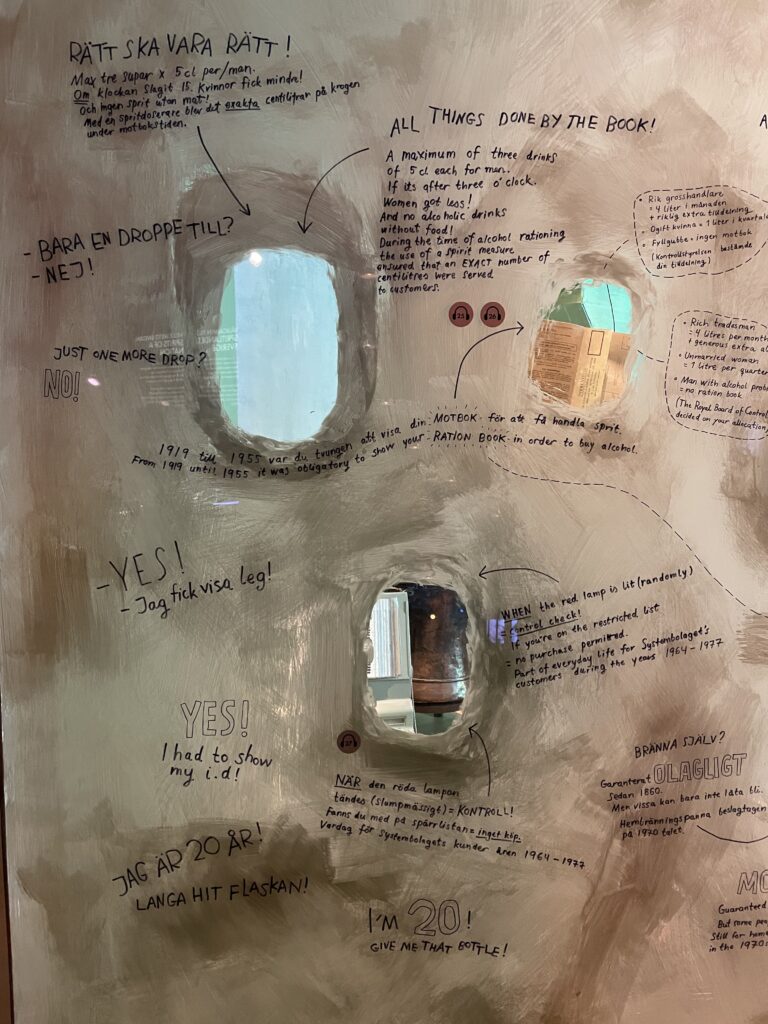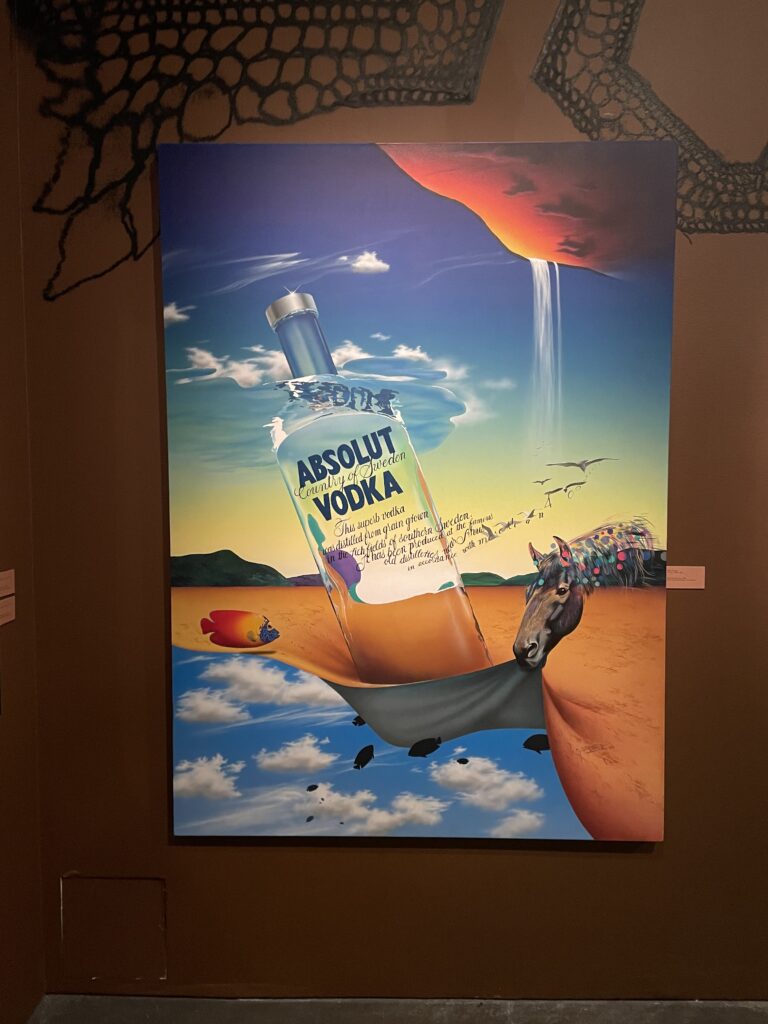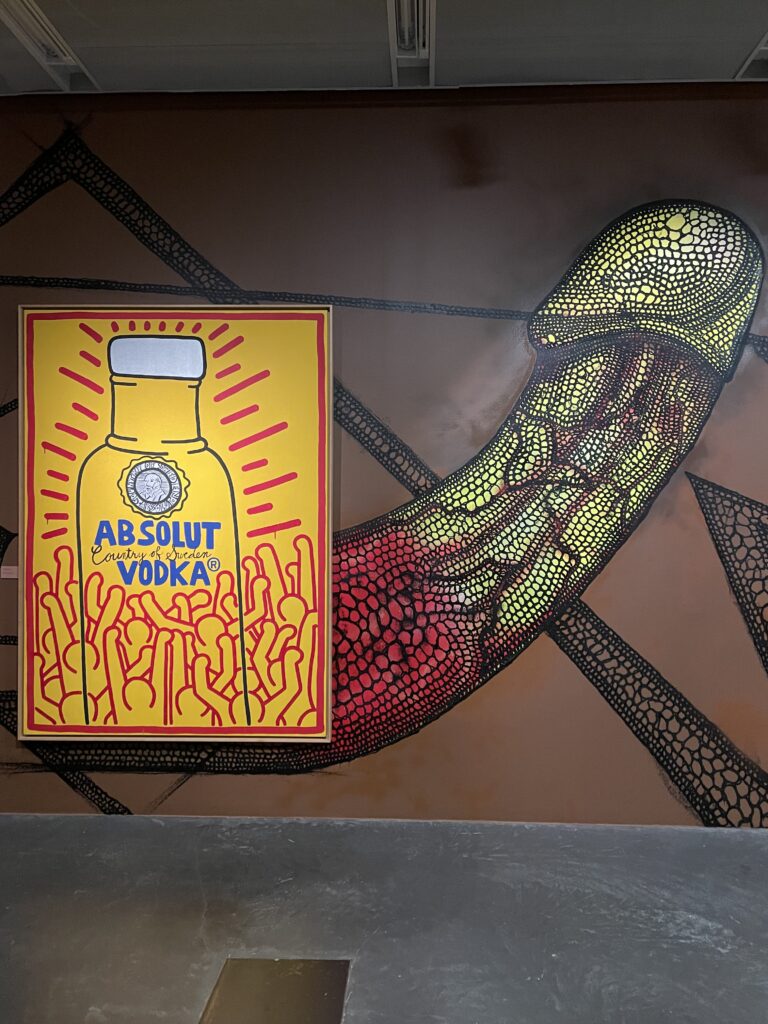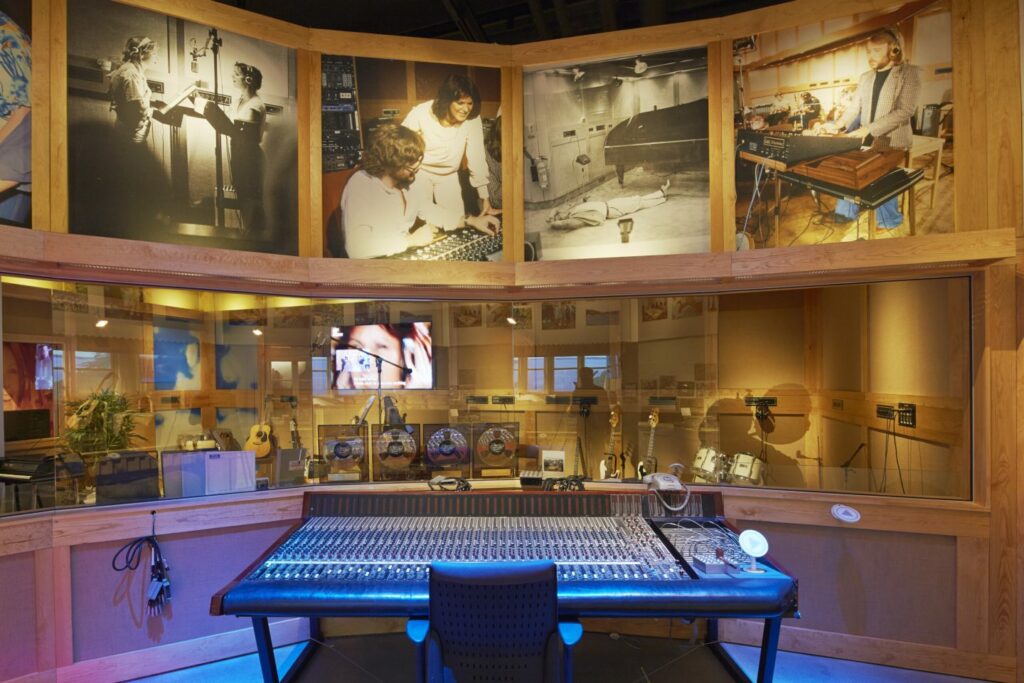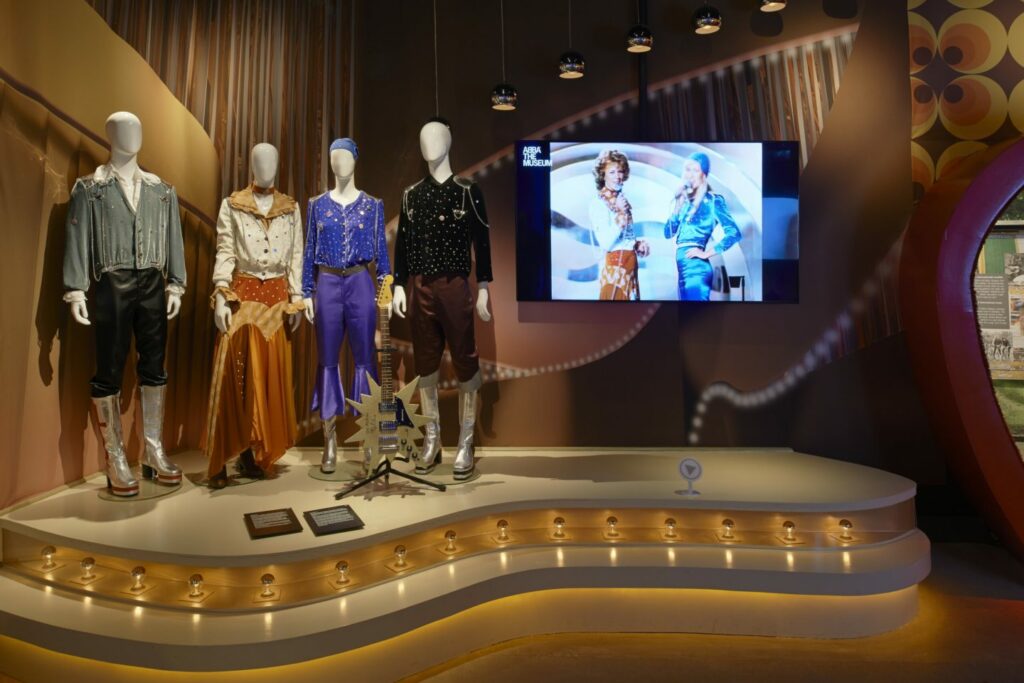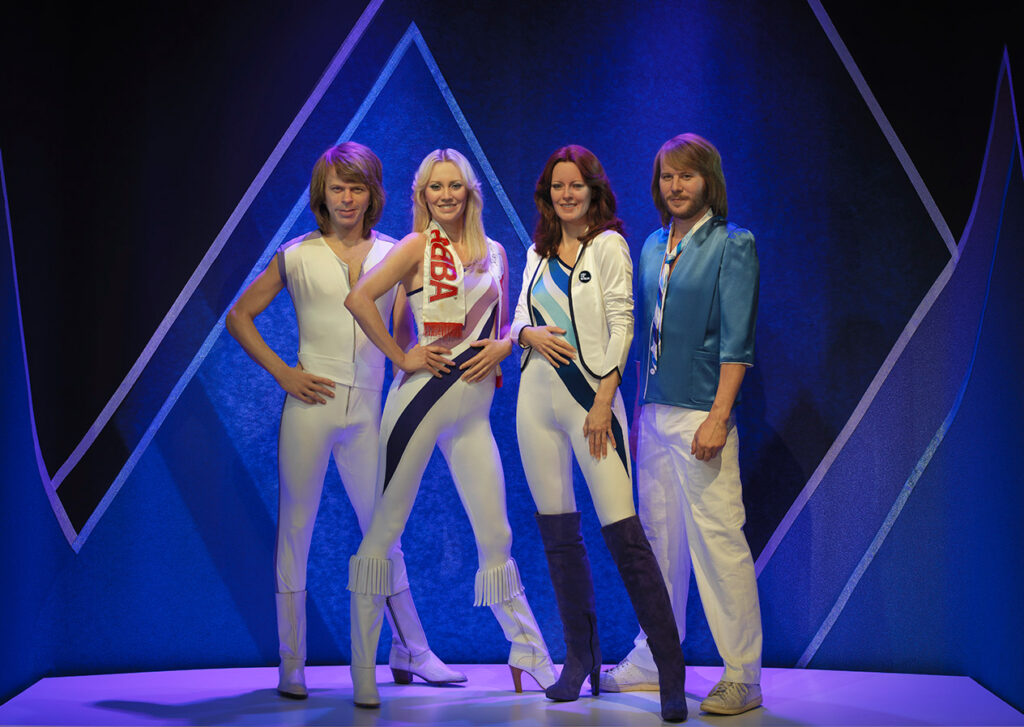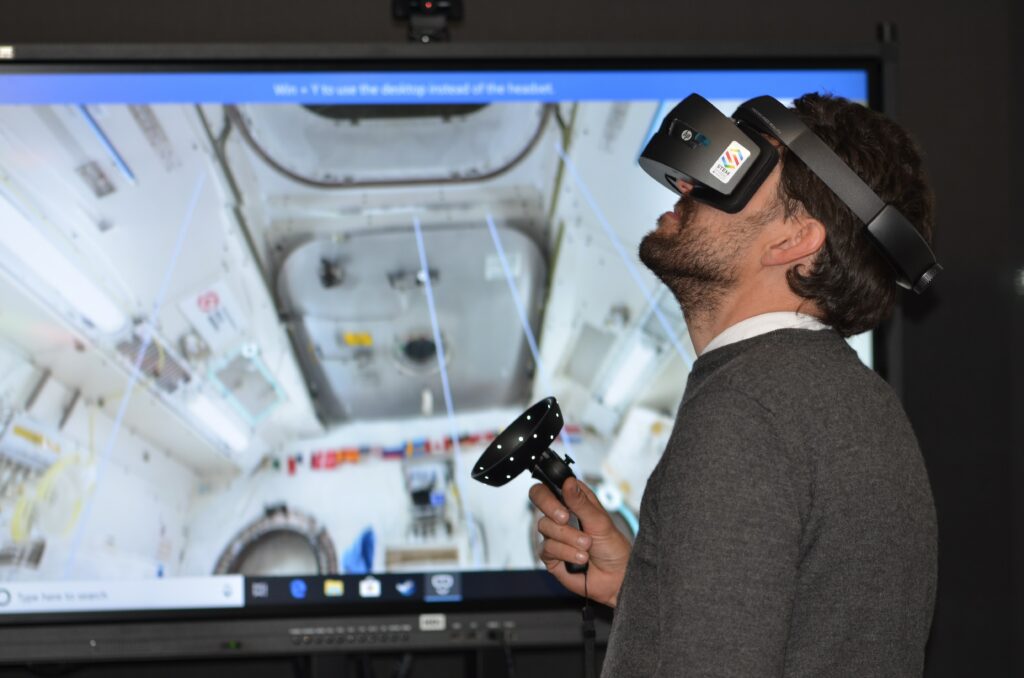Im Zuge dieses Impulses werde ich mir Zeit nehmen Internet-Seiten, Videos, etc. zu durchforsten auf der Suche wie man als Designer:in kreativer werden kann.
99Designs schreibt, dass drei Netzwerke im Gehirn für Kreativität verantwortlich sind:
- Das exekutive Aufmerksamkeitsnetzwerk steht für die Aufmerksamkeit und Konzentration.
- Das Imaginationsnetzwerk steht für unsere Vorstellung, sowie das Tagträumen.
- Das Salienznetzwerk steht dafür, Verknüpfungen von gespeicherten Wissen und unserer Umgebung herzustellen. 1
Tips
Kreativität planen: In den Kalender eintragen, wann man Kreativität trainiert. Es geht darum, seine Kreativität zu priorisieren und sich klar Zeit zu schaffen, um an seiner eigenen Kreativität zu arbeiten.1
Langeweile kann positiv sein: Um das eigene Imaginationsnetzwerk zu aktivieren kann es helfen, nichts zu tun und Langeweile zu fühlen. So kommt man ins Tagträumen und kreatives Denken entsteht.1
An einer ungewöhnlichen Zeit arbeiten: Die Studie „Why your Best Ideas come when you Least Expect it” hat herausgefunden, dass wir Menschen an den Uhrzeiten an denen wir am wenigsten wachsam sind, am kreativsten sind. Dies entsteht, da das Salienznetzwerk aktiviert wird und neue Verknüpfungen findet.2
Bewegung an der frischen Luft: Rausgehen bringt eine neue Umgebung und neue Inspirationen. Des Weiteren sagt die Studie „Happy creativity: Listening to happy music facilitates divergent thinking”, dass es den kreativen Output bis zu 60% steigern kann, wenn wir uns glückliche Musik dabei anhören.3
Versuche außerhalb der eigenen Komfort-Zone: Neue Aufgaben regen die Kreativität an, laut des Artikels „Swichtign On“ creativity: Task switching can increase creativity by reduing cognitive fixation”. 4
KI ausprobieren: In einer Studie an der University of Montana wurde die Kreativität von AI getestet. In dem Test wurden College-Student:innen die Fragen eines Torrance Test of Creative Thinkting (TTCT) gestellt wie GPT-4. In diesem Test müssen die Getseteten verbale sowie auch nicht verbale Aufgaben lösen. Die Ergebnisse der Testungen wurden von einem unabhängigen Gremium ausgewertet, diese wussten nicht, dass KI beteiligt war. Die Ergebnisse zeigen, dass die KI die überwiegende Mehrheit an Studierenden übertraf. Genauer gesagt, übertraf die KI 99% der menschlichen Testpersonen.9 Diese neuen Ergebnisse lassen auch darauf schließen, dass es sicher nicht falsch ist auch KI-basierte Tools in den eigenen Designprozess miteinzubeziehen.
Interessante Bücher zum Thema
Die Ideenmaschine: Hier handelt es sich um ein Buch von James Altucher. Sein Ansatzt beschreibt, dass man sich jeden Morgen hinsetzen solle und 10 bis 20 neue und INTERSSANTE Ideen niederschreiben solle. Hier zwingt man sich selbst kreativ zu sein.5 Dies spricht nun alle drei Kreativitätsnetzwerke an. Da man sich etwas komplett Neues ausdenken muss (Imagination), sich konzentrieren muss (Aufmerksamkeit) und neue Verknüpfungen herstellen muss (Salienz).1
Der YouTuber Wilion hat in einem Selbstexperiment probiert, jeden Tag eine Stunde konsequent kreativ zu sein und neue Dinge zu probieren. Von Ölmalerei, ein neues Instrument lernen, einen neuen Beat produzieren, ein Portrait zeichnen. Sein Resümee ist, dass Kreativität auch gelernt werden muss. Aber ihn die Challenge persönlich stark bereichert hat.6
Die YouTuberin nina noa probiert das Buch „The Artists Way“ aus. Im Buch beschreibt Julia Cameron mehrere Techniken um kreativer zu werden. Morning Pages: Am Morgen drei A4 Seiten ganz freischreiben. Ohne der Angst, etwas Blödes zu schreiben. Dies soll den Kopf frei machen und so mehr Platz für Kreativität schaffen. Die YouTuberin sagt als Fazit, dass sie sich viel Zeit genommen hat die sich mit ihrer eigenen Kreativität auseinander zu setzen.7
Literatur
1: deBara, Deanna (2018): Werde kreativer: 6 bewährte Wege, um mehr Feuer in deine Arbeit und dein Leben zu bringen. In: 99designs, https://99designs.de/blog/kreatives-denken/kreativer-werden/ (zuletzt aufgerufen am 27.11.2023)
2: Beilock, Sian (2012): Why Your Best Ideas Come When You Least Expect It. In: Psychology Today, https://www.psychologytoday.com/us/blog/choke/201202/why-your-best-ideas-come-when-you-least-expect-it?_ga=2.110906373.1024565467.1701098190-737364834.1701098190 (zuletzt aufgerufen am 27.11.2023)
3: Ritter SM, Ferguson S.: Happy creativity: Listening to happy music facilitates divergent thinking. In: Journals.plos 12,9 (2017), <https://doi.org/10.1371/journal.pone.0182210>
4: Lu, Jackson G./Akinola, Modupe/Mason, Malia F.: „Swichting On“ creativity: Task switching can increase creativity by reducing cognitive fixation. In: Organizational Behavior and Human Decision Processes 139 (2017) S. 63–75, <https://doi.org/10.1016/j.obhdp.2017.01.005>
5: Altucher, James (o.J.): How to become an Idea Machine. James Altucher, https://jamesaltucher.com/blog/how-to-become-an-idea-machine/# (zuletzt aufgerufen am 27.11.2023)
6: Wilion (2023): Das passiert, wenn du dich zwingst jeden Tag 1h kreativ zu sein! In: YouTube, https://www.youtube.com/watch?v=qMsOPcwSj94 (zuletzt aufgerufen am 27.11.2023)
7: Nina noa (2023): Ich will meine Kreativität zurück. The Artist‘ Way pt 1. In: YouTube,https://www.youtube.com/watch?v=s4wEWcpB6RE (zuletzt aufgerufen am 27.11.2023)
8: Cameron, Julia/Bryan, Mark A.: The artist’s way: a spiritual path to higher creativity. 1. New York: G.P. Putnam’s Sons 1992
9: Shimek, Cary (2023): UM Research: AI Tests Into Top 1% For Original Creative Thinking. In: University of Montana, https://www.umt.edu/news/2023/07/070523test.php (zuletzt aufgerufen am 27.11.2023)
